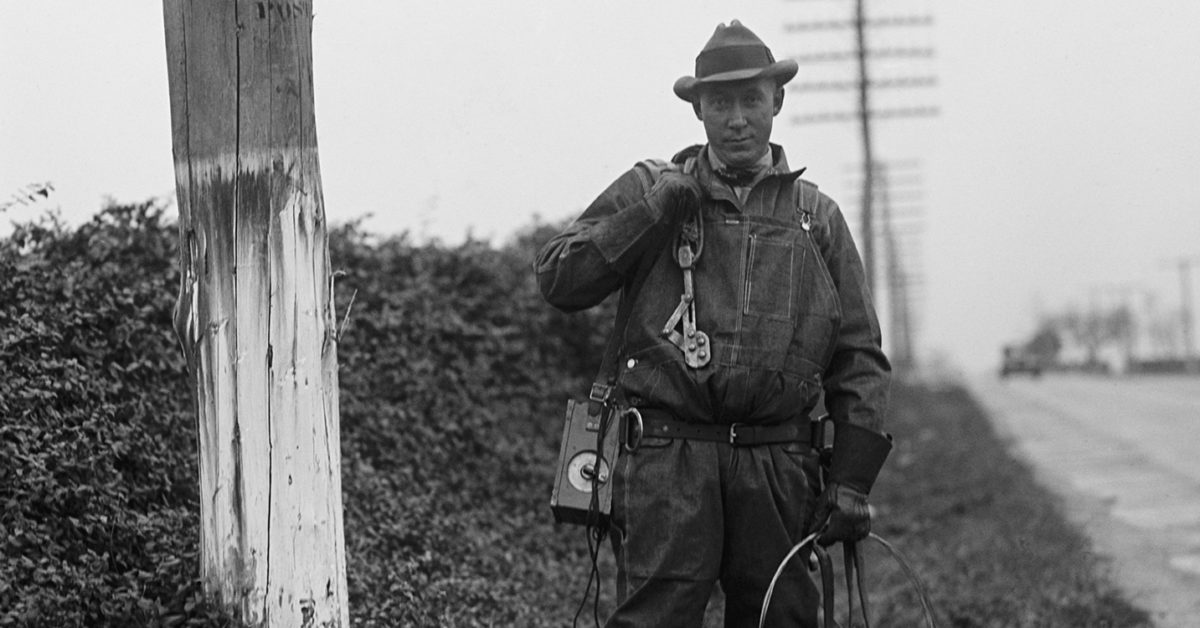Cable Leakage Systems Continue to Evolve With the HFC – Part 3

The HFC Evolves
Through the years, with the demand for additional speed and bandwidth cable systems have:
- Migrated from analog channels to 6 MHz SC QAM channels
- Migrated from modulation schemes from 16 QAM up to 256 QAM channels
- Migrated to DOCSIS 3.1 OFDM carriers consuming much larger areas of the spectrum
- Began migrating from Centralized Access Architectures to Distributed Access Architectures (DAA)
All these changes posed different challenges for the leakage system manufacturers and users. Along with these migrations the method in which we perform leakage measurements changed as well. As you may recall the first leakage detectors were simply tuned to the Analog channel’s video carrier and was able to provide a field strength measurement right from that carrier while detecting egress radiating from the cable plant. Then came the need to distinguish between two cable systems overbuilt in the same location. The ability to tag (AM or FM modulate the analog carrier) the leakage carrier provided this ability. Then came the all-digital cable system where SC-QAM’s replaced the analog channels. Equipment manufacturers developed new leakage gear that would detect very low-level signals injected from the headend between two QAM channels. Up until this time frame (approximately 2012), the only leakage monitoring that was being driven by the FCC (short of the harmful interference clause) was primarily in the aeronautical band as discussed previously.
Multi-Frequency Signal Leakage Detection Takes Off
When LTE began rolling out, it was no real surprise that egress from cable networks began interfering with the mobile device signals in the 700 MHz band. Until this point there hadn’t been much thought to leakage detection / monitoring in the UHF frequency ranges. Studies were done showing leaks act quite differently as you move up in frequency leaks vs leaks in the lower aeronautical band. As you go up in frequency, the plant impairments that cause signal egress radiates the higher frequency signals more efficiently than the lower frequencies causing more leakage in the UHF vs the VHF. Additionally, many of the leaks detected in one band do not radiate out at the other band. Born out of this were the dual frequency, tri-frequency, and now even quad-frequency leakage detectors able to cover the entire frequency band to detect those very frequency specific leaks out in the field.
What’s Next – Signal Leakage Technologies Continue to Evolve with The Changing HFC
Distributed Access Architectures are driving massive changes in cable network architectures and where the various functionalities live in the network. Removal of RF from hubs has forced virtualization of signal leakage tagger functionality into the DAA nodes. The addition of wide OFDM carriers in DOCSIS 3.1 is driving leakage systems to have full frequency agility to place tags anywhere across the downstream spectrum, and to detect the OFDM carriers themselves where tags are not feasible. DOCSIS 3.1 also allows extension of downstream bandwidth to 1.2GHz, driving the need for extended frequency leakage gear.
The history of cable leakage will continue to be written as cable operators increasingly expand their application of leakage technologies beyond just US-based FCC proofs into overall plant hardening. Tight plants simply perform better, and leakage is the most efficient method to achieve this goal. As leakage becomes even more of a critical part of MSO’s plant maintenance toolkits it will be imperative for these tools to continue evolving with the ever-changing HFC to write the next chapter in this long journey.
Part 1 of a 3-part series, see the other posts in this series:
- How Air Force One Forever Changed Cable – Part 1
- The Birth of Dedicated Signal Leakage Systems – Part 2
Learn more about VIAVI Cable Signal Leakage
Be sure to follow VIAVI on LinkedIn to see the rest of this blog series




